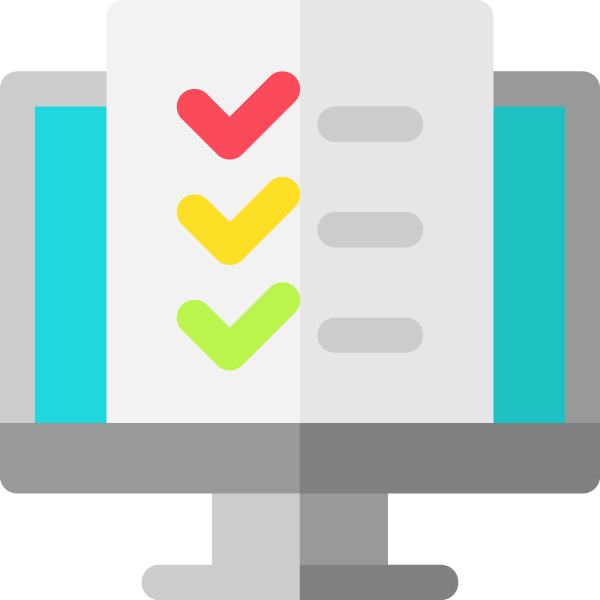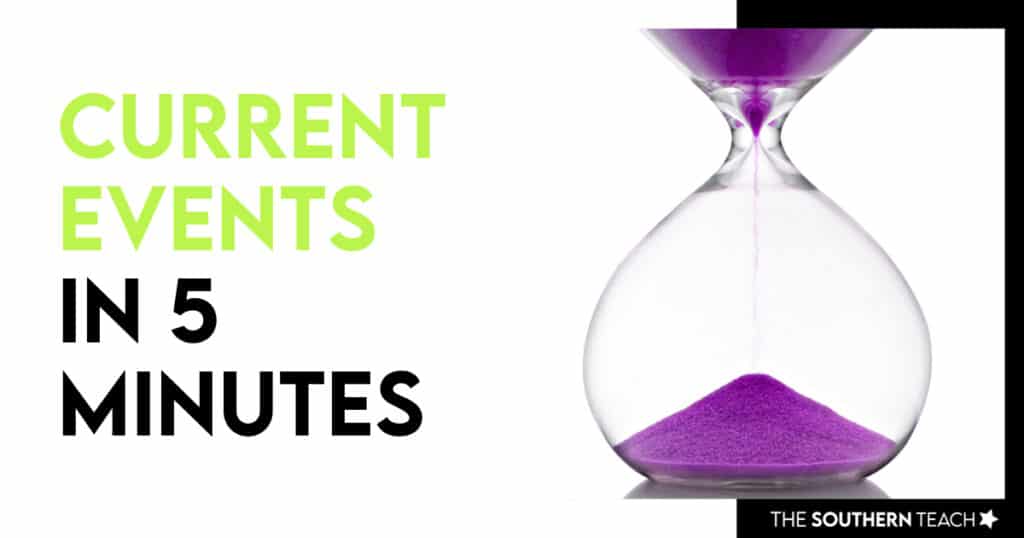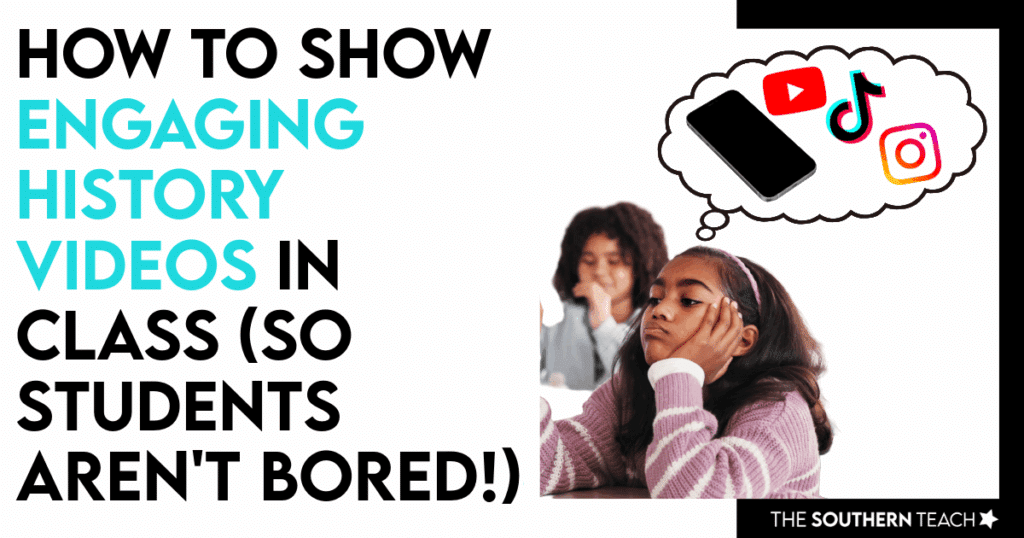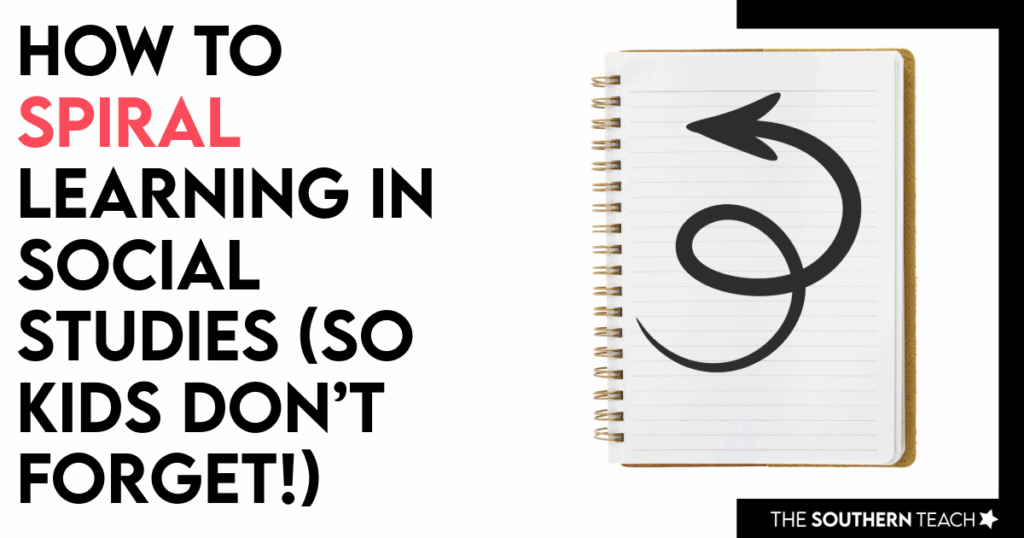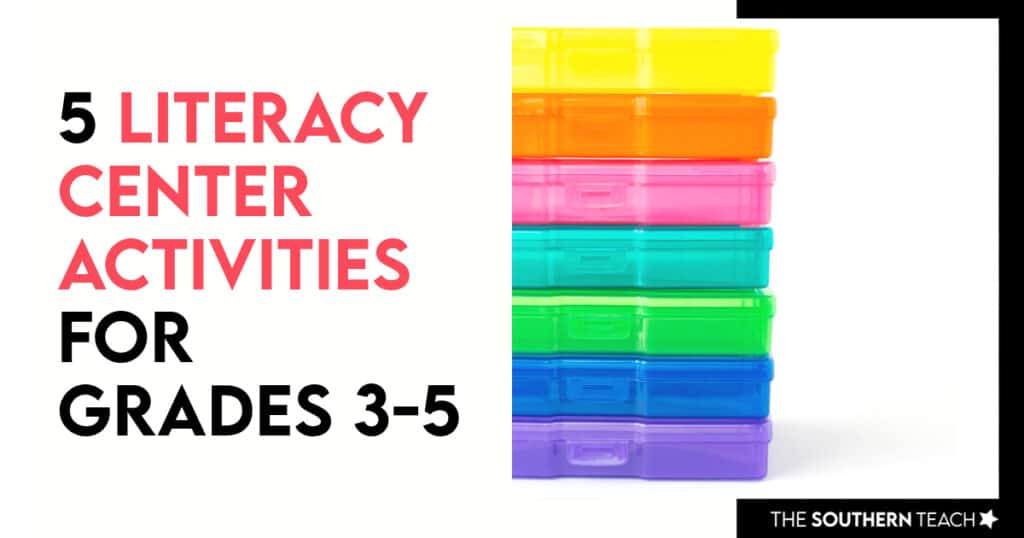9 Ideas for Teaching Government Skills in Upper Elementary
By Kirsten Hammond
Share This Post:
Teaching government skills and civics skills to upper elementary students can feel like a daunting task, especially if you’re not entirely confident in your own grasp of these topics. However, it can also be incredibly rewarding!
By instilling a solid understanding of how our society functions and the importance of active citizenship at an early age, we pave the way for informed, engaged citizens of the future.
Here are some strategies and tips to effectively teach government and civics to your third, fourth, and fifth graders.

1. Start with the Government Skills Basics
Introducing foundational concepts is crucial. Begin with the three branches of government—executive, legislative, and judicial. Discuss the roles of elected officials, such as the president, governor, and mayor, and explain the purpose and importance of laws.
To make these concepts more accessible, start with simple examples like classroom rules and expand from there. Use age-appropriate language and visuals to help students grasp these ideas.
2. Use Real-Life Examples
Another way to teach government skills is by using real-life examples. Bringing government and civics to life through real-life examples and current events can make the subject matter more relatable. Incorporate news articles, videos, and role-play scenarios to show how government decisions impact daily life.
CNN 10 is an excellent resource for current events tailored for young audiences. These daily news segments can be integrated into your classroom routine, providing a springboard for discussions and reflections.
3. Engage Students with Interactive Activities
Interactive activities encourage participation and make learning more engaging. Organize mock elections, debates, or town hall meetings where students can take on different roles and express their opinions on relevant issues.
A fun example is the cookie mock election—students vote on their favorite type of cookie after discussing the pros and cons of each option. This simple activity teaches the basics of voting and decision-making, and it something that has been recently in the 2024 TEKS social studies standards.

4. Incorporate Multimedia Resources
Multimedia resources can greatly enhance your lessons. Platforms like BrainPOP, Discovery Education, iCivics, and PBS LearningMedia offer a wealth of videos, documentaries, and interactive websites designed for teaching government and civics to elementary students.
These tools can make abstract concepts and government skills more concrete and engaging.
5. Connect with Community Resources
Connecting with local government officials, community leaders, or organizations dedicated to civic education can provide valuable insights. Arrange for guest speakers or organize field trips to government offices or community centers.
These firsthand experiences can make learning more meaningful. For instance, inviting a local council member to speak can give students a real-world perspective on governance.

6. Encourage Critical Thinking
Foster critical thinking skills by posing thought-provoking questions and encouraging students to analyze different perspectives on political issues respectfully.
Teach them to evaluate sources of information and distinguish between fact and opinion. Discussing topics like freedom of speech can be a great way to practice these skills.
7. Promote Active Citizenship
Empower students to become active citizens by encouraging participation in community service projects or volunteer opportunities.
Activities like student government elections or class councils help students understand the importance of voting, advocacy, and civic engagement. These experiences can show students how they can make positive changes in their communities.
8. Assess and Reflect
Regular assessment and reflection are key to understanding students’ grasp of government and civics concepts. Use quizzes, discussions, or project-based assessments to gauge understanding.
Provide opportunities for students to reflect on their learning progress and set future learning goals. This reflective practice helps students internalize which government skills they’ve learned and identify areas for improvement.

9. Make It Fun
Government and civics don’t have to be dry subjects. Incorporate games, puzzles, and hands-on activities to keep students motivated and excited!
By making learning fun, you can help students develop a love for these important topics!

Integrate civics and government topics into your ELA lessons with daily passages and worksheets. These resources cover a variety of topics, including the Bill of Rights, civic responsibilities, U.S. symbols, and landmarks.
Using these passages can reinforce students’ understanding and provide additional practice in reading comprehension.
Conclusion
Teaching government skills and civics skills to upper elementary students is a critical step in fostering informed and active citizens.
Connecting with community resources, encouraging critical thinking, promoting active citizenship, and making learning fun will further enrich your students’ experience. Assessing and reflecting on their progress ensures they are developing a solid understanding of government and civics.
These strategies will not only help you teach government and civics effectively but also instill a lifelong appreciation and understanding of the role of government and the importance of civic engagement in your students. Happy teaching!
kirsten hammond
Kirsten is a former 3rd and 5th grade teacher who loves helping upper elementary teachers by creating resources and sharing ideas that are engaging, research-based, and TEKS-aligned. She is a work-from-home mama of 3 rambunctious little ones and loves running, true crime, and lots of coffee.



